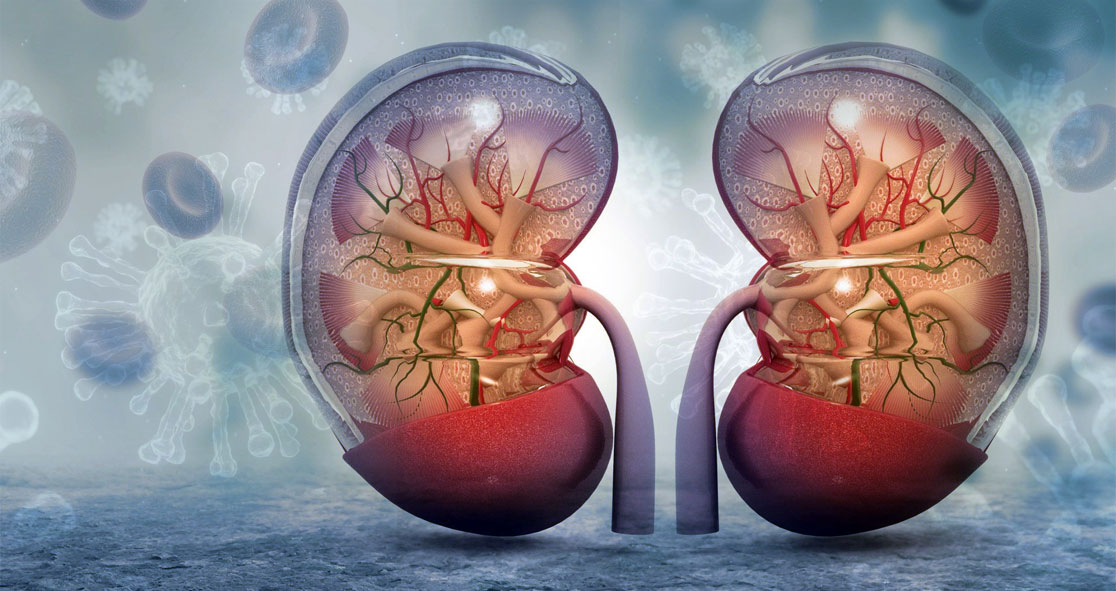SARS-CoV-2, the virus that causes COVID-19 infection, can directly infect and damage specialized kidney cells, which explains why patients with severe infection suffer from acute renal failure, according to researchers at Duke University.
The research was published online last week in the journal Frontiers in Cell and Developmental Biology.
During the initials phases of the pandemic, doctors knew that the coronavirus primarily infected cells in the respiratory tract. However, they were surprised to see that many patients who had severe COVID-19 infection were also developing kidney injuries.
Dr. Samira Musah, a stem cell biologist and a medical bioengineer at Duke, said, “It was shocking to hear doctors describe how patients who were healthy suddenly developed kidney injury and needed to go on dialysis after contracting SARS-CoV-2. It was clear that the virus was doing something to the kidneys, but it was so early in the pandemic that nobody was sure what was going on.”
Dr. Musah and Dr. Titilola Kalejaiye, a postdoctoral fellow, use a model to determine how and why SARS-CoV-2 was capable of infecting and damaging kidney cells.
Dr. Kalejaiye said, “We found that the virus was especially adept at binding to two key receptors on the surface of the podocytes, and these receptors are abundant in these kidney cells.”
“There was a strong uptake of the virus initially, and we also found that when you increased the dose of the virus, the uptake would increase even further,” she added. “The virus seemed to have a strong affinity for these kidney cells.”
To study their podocyte model with the real coronavirus, Dr. Musah and Dr. Kalejaiye collaborated with Dr. Maria Blasi, an assistant professor of medicine at Duke.
Dr. Blasi has been exploring how viruses, including HIV, infect and damage specialized kidney cells known as renal tubular epithelial cells.
“It was a stroke of luck that we crossed paths at the faculty meeting we both attended,” said Dr. Blasi. “Samira was looking for someone with experience handling live viruses, and I was looking for a model of the podocytes that Samira can make, so we decided to kill two birds with one stone.”
“Beyond the structural damage, we saw that the virus could hijack the machinery of the podocytes to produce additional viral particles that could spread to infect additional cells,” she added.
The researchers plan to expand their work to study how the different strains of the virus behave in kidney cells.
Dr. Musah said, “I think it’s remarkable that we went from being home and hearing the initial reports from physicians to forming this collaboration virtually and having these results on such a short timeline. We had the right people and the right tools at the right time. It’s been one of the most successful collaborations of my relatively young lab, and I’m looking forward to continuing this work.”























